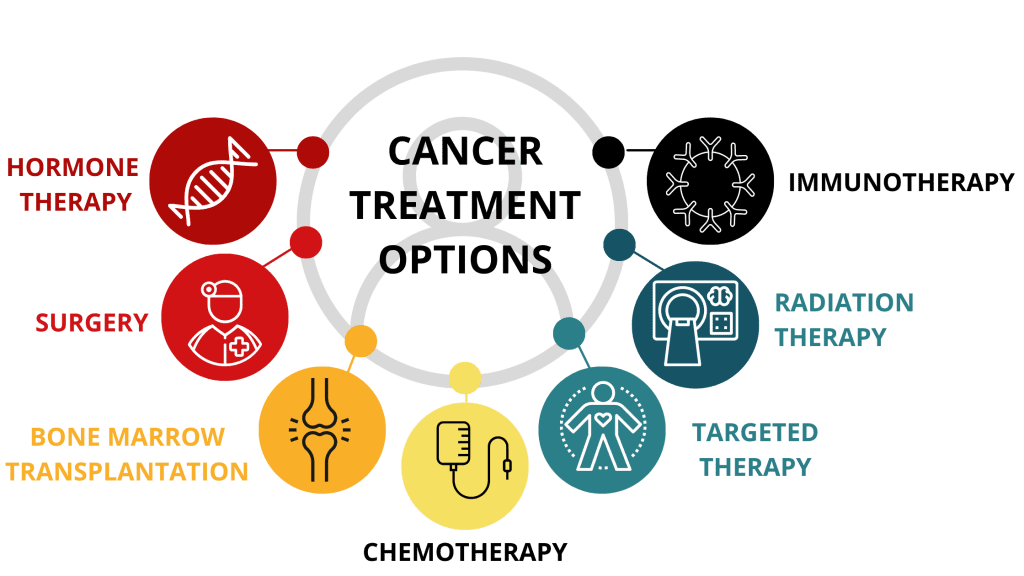Lung cancer treatments have changed dramatically in the past decade. Today, you can receive targeted therapies for cancer cells that are based on specific molecular abnormalities found in the tumor. These drugs are usually in the form of pills and have fewer side effects than traditional chemotherapy. Before deciding which treatment is best for you, your doctor will need to diagnose the stage of your cancer. In some cases, you may be able to target a specific molecular abnormality.
Surgery for lung cancer involves making a cut in your chest or side and removing a section of the affected lung. If the cancer has spread, nearby lymph nodes are also removed. Keyhole surgery involves making several small incisions in your chest and inserting a camera. During this procedure, your doctor can view your internal organs and determine the best course of treatment. This treatment helps reduce the chance of your cancer coming back.
In some cases, surgery is the most effective lung cancer treatment. A surgeon will remove the cancer from the surrounding healthy tissue and remove the tumor. During this surgery, the surgeon may also remove nearby lymph nodes if they suspect that cancer has spread to them. When surgery is not a viable option for you, consider other treatments. These methods may be more appropriate for you. But before you choose a treatment for lung disease, be sure to find out what type of treatment is right for you.
In most cases, surgery involves a cut in the chest or side of the chest. The surgeon will then use x-rays or protons to remove the affected lung. If cancer has spread to the lymph nodes, nearby lymph nodes may also be removed. Another treatment option is chemotherapy. This treatment is often administered intravenously. For those who are diagnosed with SCLC, the TNM system is simplified and may only be useful for certain stages of the disease.
Surgical procedures are available to treat lung cancer. The most common surgical interventions are wedge resections, in which the entire tumor and part of healthy tissue is removed. This method can also be used for lung node biopsy. In some cases, chemotherapy is used before lung surgery. Using chemotherapy before surgery helps the oncologist determine if the cancer is responding to treatment. In addition, it helps the patient maintain a better quality of life.

Treatment for lung cancer can be local or systemic. In the case of a local tumor, a sleeve resection is an excellent choice. This operation involves removing the tumor from the affected lobe and part of the bronchus. The remaining lobe is connected to the airways with a thin tube. Similarly, in a pneumonectomy, the entire lung is removed. Procedures can be carried out both in combination and separately.
If the tumor is small, it is removed surgically. In the case of stage 3 cancer, the tumor can spread to the lymph nodes. Depending on the stage of the disease, the operation can be partial or complete. For stage 2B lung cancer, chemotherapy is usually given intravenously. It involves cutting a hole in the chest and injecting drugs into the chest. The drugs can then destroy the cancer cells.
Although topical therapy for lung cancer cells is effective, it is not always the most effective. Regional therapy can only be effective for stage I cancer. Systemic therapy is recommended if the cancer has spread. In some cases, topical treatment may be sufficient for a stage I tumor. However, in some cases, systemic treatment is the most effective. Site https://truthinhealthcare.org/ says that the first step in treating a lung tumor is to determine its stage.
Surgery is the main treatment for lung cancer for stage 2B or stage 3B lung cancer cells. It removes the entire lung and may reduce the risk of cancer coming back. If the cancer has spread to other parts of the body, the surgeon will remove the entire lung. This type of surgery can save a life, but the chance of the tumor coming back is high. Despite all the advances in this area, there are still some side effects of surgery.